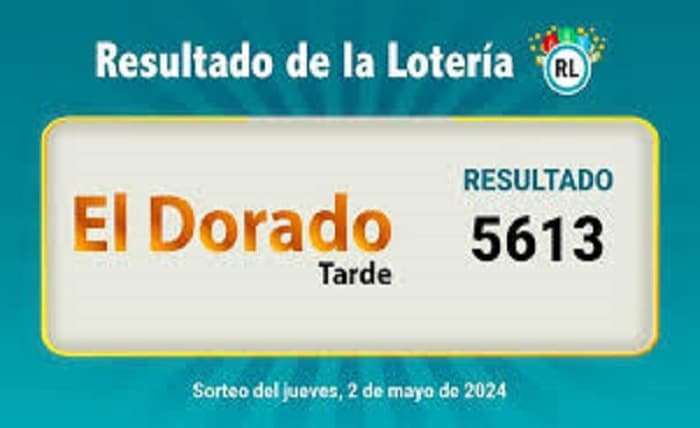The Enchanting World of the Dorado de la Tarde: A Comprehensive Guide

Introduction
The dorado de la tarde, often translated as the “golden sunset,” is a strikingly beautiful species that has intrigued scientists and nature enthusiasts alike. Known for its vibrant colors and elusive nature, this magnificent creature embodies the essence of twilight splendor. In this blog post, we will delve deep into the world of the dorado de la tarde, exploring its habitat, behavior, and the role it plays in its ecosystem.
The Habitat of the Dorado de la Tarde
The dorado de la tarde thrives in specific environments that mimic the golden hues of sunset. Found primarily in tropical and subtropical regions, this species prefers warm, shallow waters where sunlight can penetrate easily. Its habitat is characterized by coral reefs, mangroves, and coastal lagoons, providing a rich and diverse environment that supports its unique lifestyle.
Physical Characteristics of the Dorado de la Tarde
One of the most notable features of the dorado de la tarde is its dazzling coloration. The fish displays a radiant golden sheen, especially when the sun is low on the horizon, enhancing its nickname. This vibrant appearance serves as both a camouflage and a signal for potential mates. The dorado de la tarde’s body is elongated and sleek, designed for swift movements through its watery domain.
Behavior and Social Structure of the Dorado de la Tarde
The dorado de la tarde exhibits fascinating behaviors that are closely linked to its environment. These fish are known for their solitary nature but can also be observed in small groups during specific times of the year. Their behavior changes with the time of day, often becoming more active during the twilight hours, which is why they are closely associated with the concept of the “golden sunset.”
The Diet of the Dorado de la Tarde
The dietary habits of the dorado de la tarde reflect its role as a predator in its ecosystem. This fish primarily feeds on smaller fish, crustaceans, and various marine invertebrates. Its feeding strategy is adapted to its environment, utilizing its keen eyesight and swift movements to capture prey effectively. The dorado de la tarde’s diet not only sustains it but also helps maintain the balance of its habitat.
Reproduction and Life Cycle of the Dorado de la Tarde
The reproductive cycle of the dorado de la tarde is as intriguing as its appearance. During the spawning season, which typically aligns with specific lunar phases, these fish gather in designated breeding grounds. The dorado de la tarde’s reproductive behavior is closely tied to environmental cues, including water temperature and light levels, ensuring the survival of the next generation.
Conservation Status of the Dorado de la Tarde
Despite its beauty, the dorado de la tarde faces several threats that impact its conservation status. Habitat destruction, overfishing, and climate change are major concerns for the survival of this species. Conservation efforts are crucial to protecting the dorado de la tarde’s natural habitat and ensuring its continued existence. Various organizations and researchers are actively working to address these challenges and promote sustainable practices.
The Dorado de la Tarde in Culture and Mythology
Throughout history, the dorado de la tarde has held a special place in various cultures and mythologies. Its golden appearance and elusive nature have inspired numerous legends and stories. In some cultures, the dorado de la tarde is seen as a symbol of prosperity and transformation, reflecting its awe-inspiring beauty and the mysteries of twilight.
The Role of the Dorado de la Tarde in Ecosystem Balance
The dorado de la tarde plays a vital role in maintaining the balance of its ecosystem. As a predator, it helps regulate the population of smaller marine organisms, contributing to the overall health of coral reefs and coastal habitats. Its presence is an indicator of a well-functioning marine environment, highlighting the interconnectedness of all species within its habitat.
How to Observe and Study the Dorado de la Tarde
For those interested in observing or studying the dorado de la tarde, several techniques can be employed. Understanding the best times and locations to spot this elusive fish is essential. Diving and snorkeling in its natural habitat during the twilight hours provide the best opportunities to witness the dorado de la tarde in its full glory. Additionally, researchers use various tools and methods to study its behavior and ecological role.
Conclusion
The dorado de la tarde, with its mesmerizing golden hues and unique behaviors, is a testament to the wonders of nature. Its role in the ecosystem, coupled with its cultural significance and the challenges it faces, makes it a species worth preserving and understanding. By learning more about the dorado de la tarde, we gain insight into the delicate balance of marine environments and the importance of conservation efforts.
FAQs
1. What is the dorado de la tarde?
The dorado de la tarde is a fish species known for its striking golden coloration and elusive nature. It is commonly found in tropical and subtropical marine environments.
2. Where can I find the dorado de la tarde?
You can find the dorado de la tarde in warm, shallow waters of tropical and subtropical regions, particularly around coral reefs, mangroves, and coastal lagoons.
3. What does the dorado de la tarde eat?
The dorado de la tarde primarily feeds on smaller fish, crustaceans, and various marine invertebrates. Its diet helps maintain the balance of its ecosystem.
4. Why is the dorado de la tarde important for its ecosystem?
The dorado de la tarde plays a crucial role as a predator, helping regulate the population of smaller marine organisms and contributing to the overall health of coral reefs and coastal habitats.
5. What are the main threats to the dorado de la tarde?
The main threats to the dorado de la tarde include habitat destruction, overfishing, and climate change. Conservation efforts are necessary to protect this species and its habitat.




